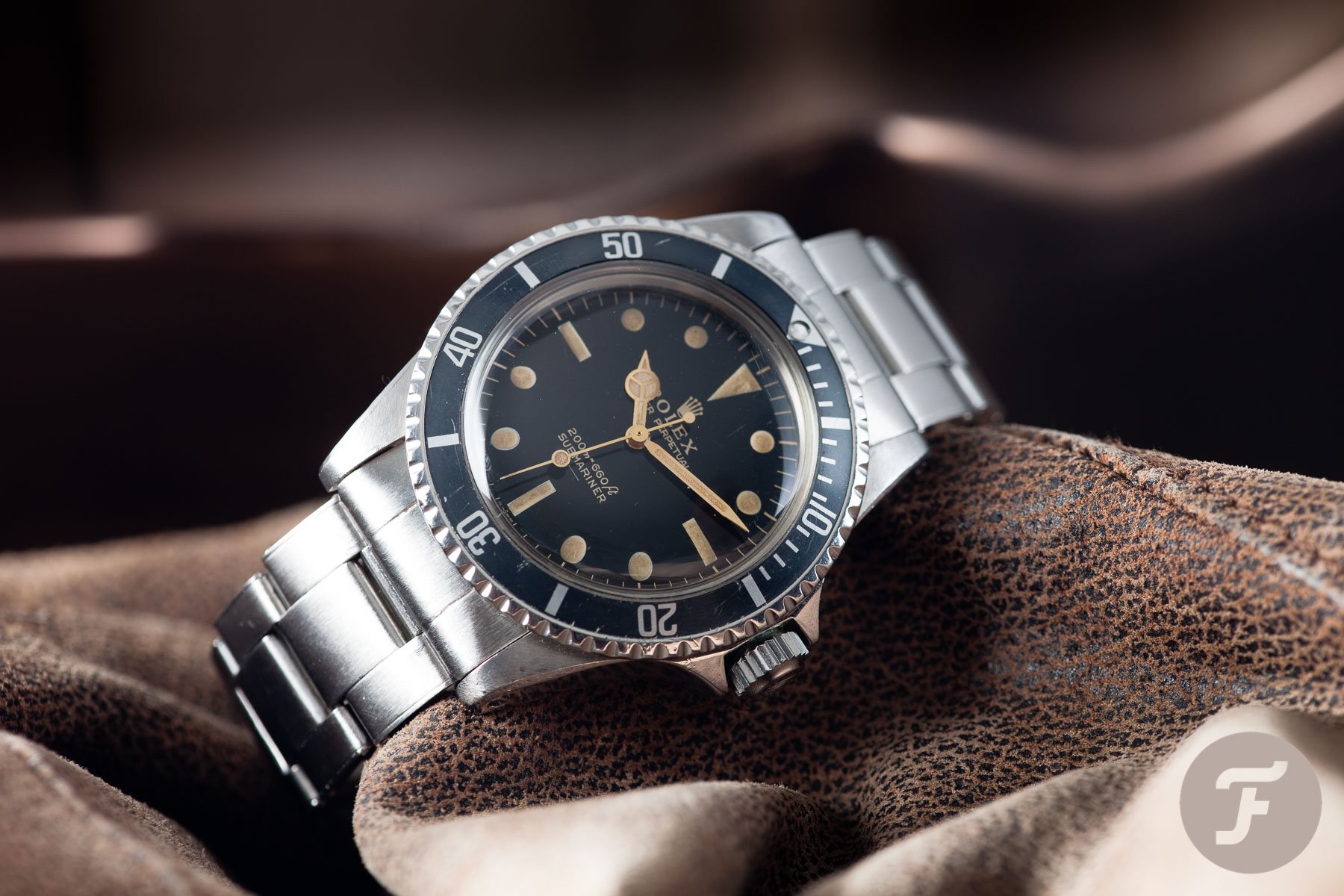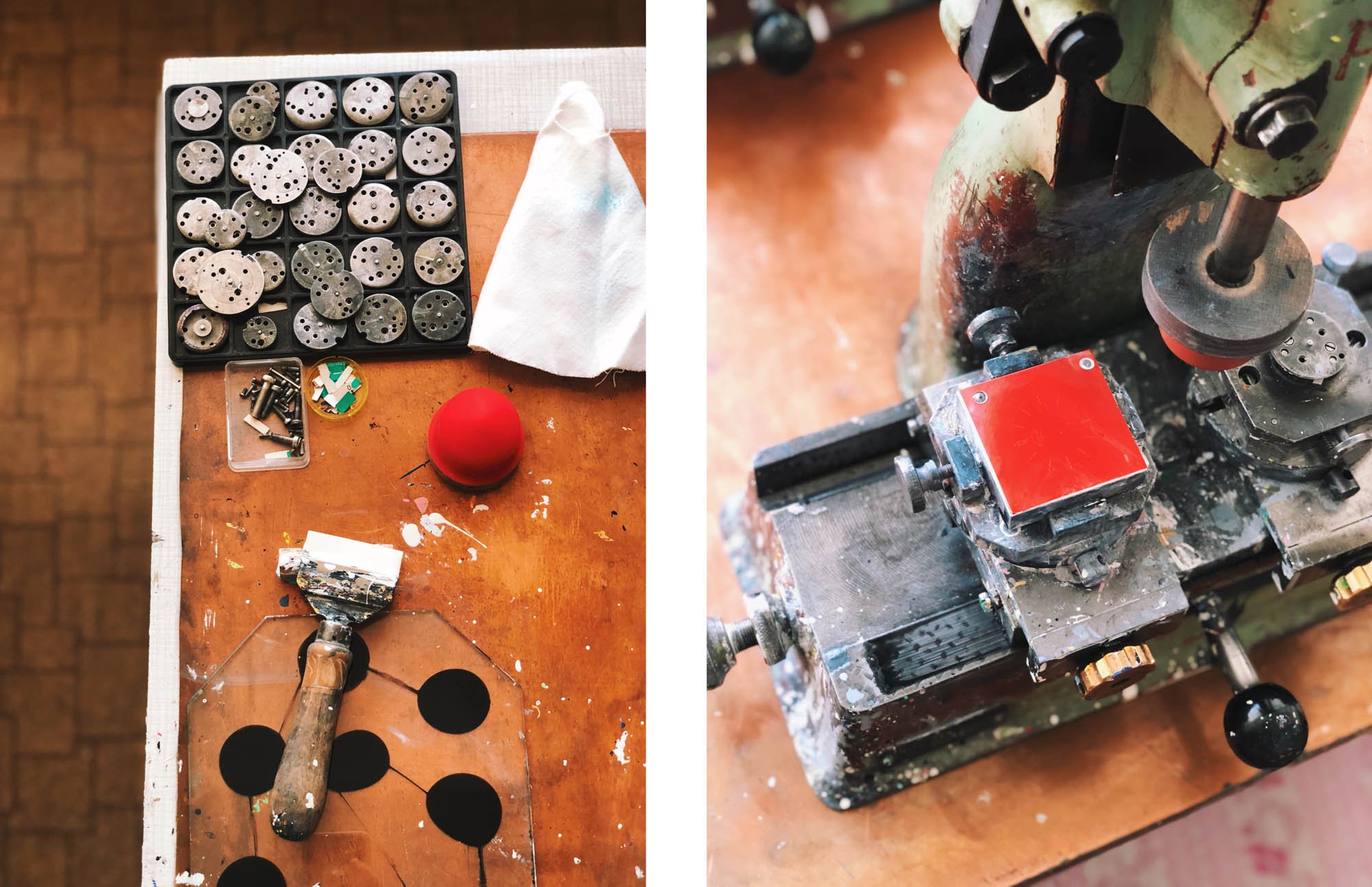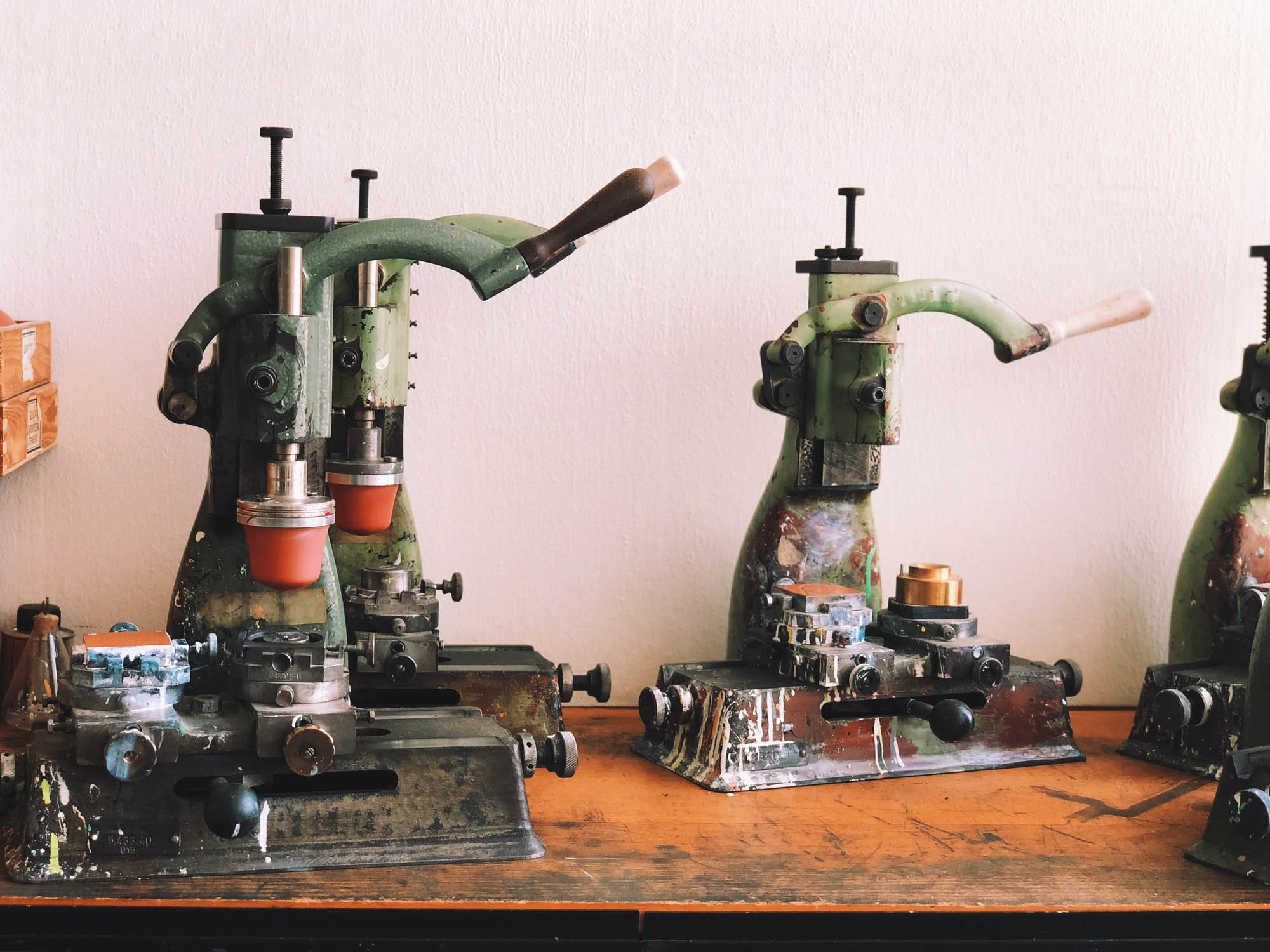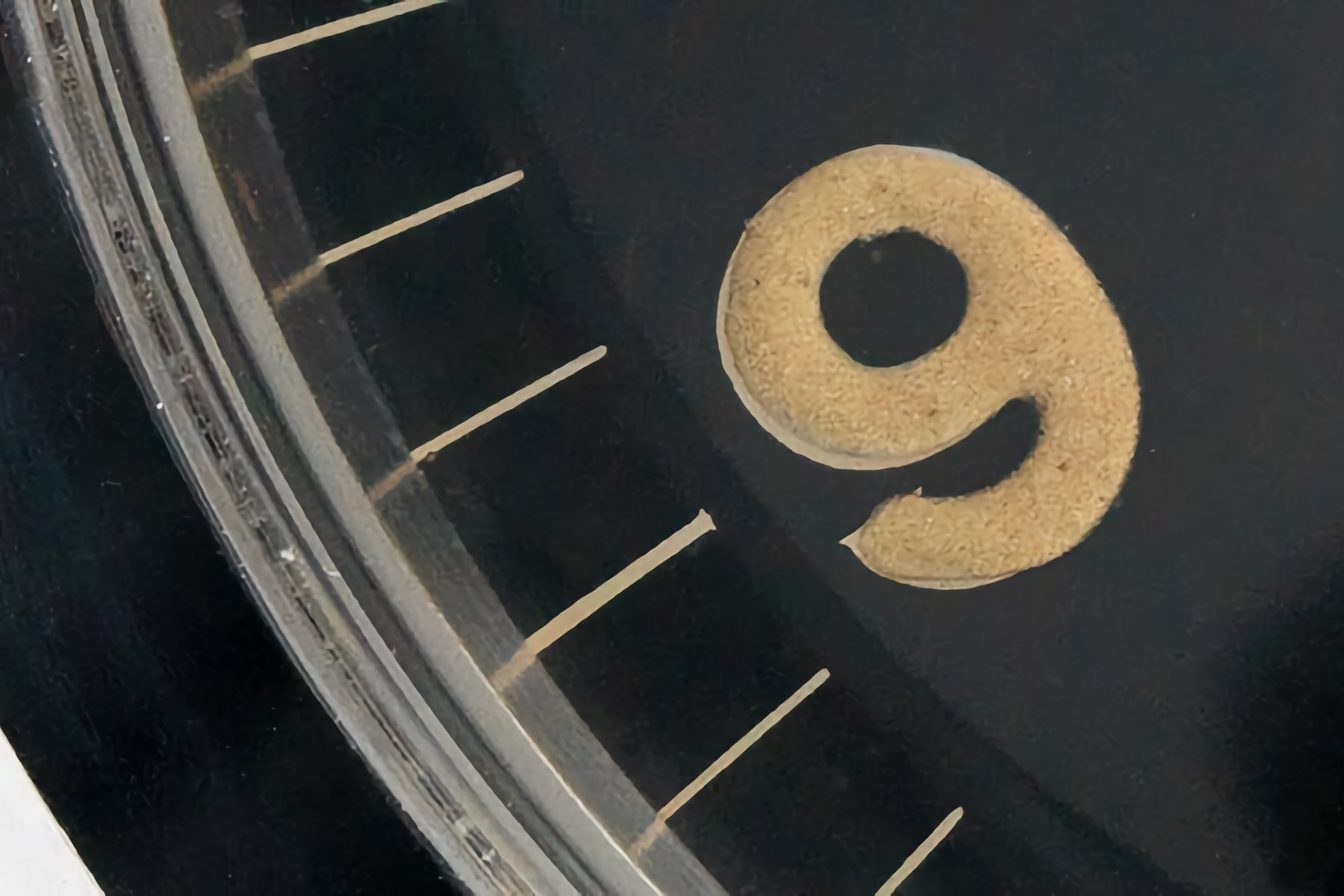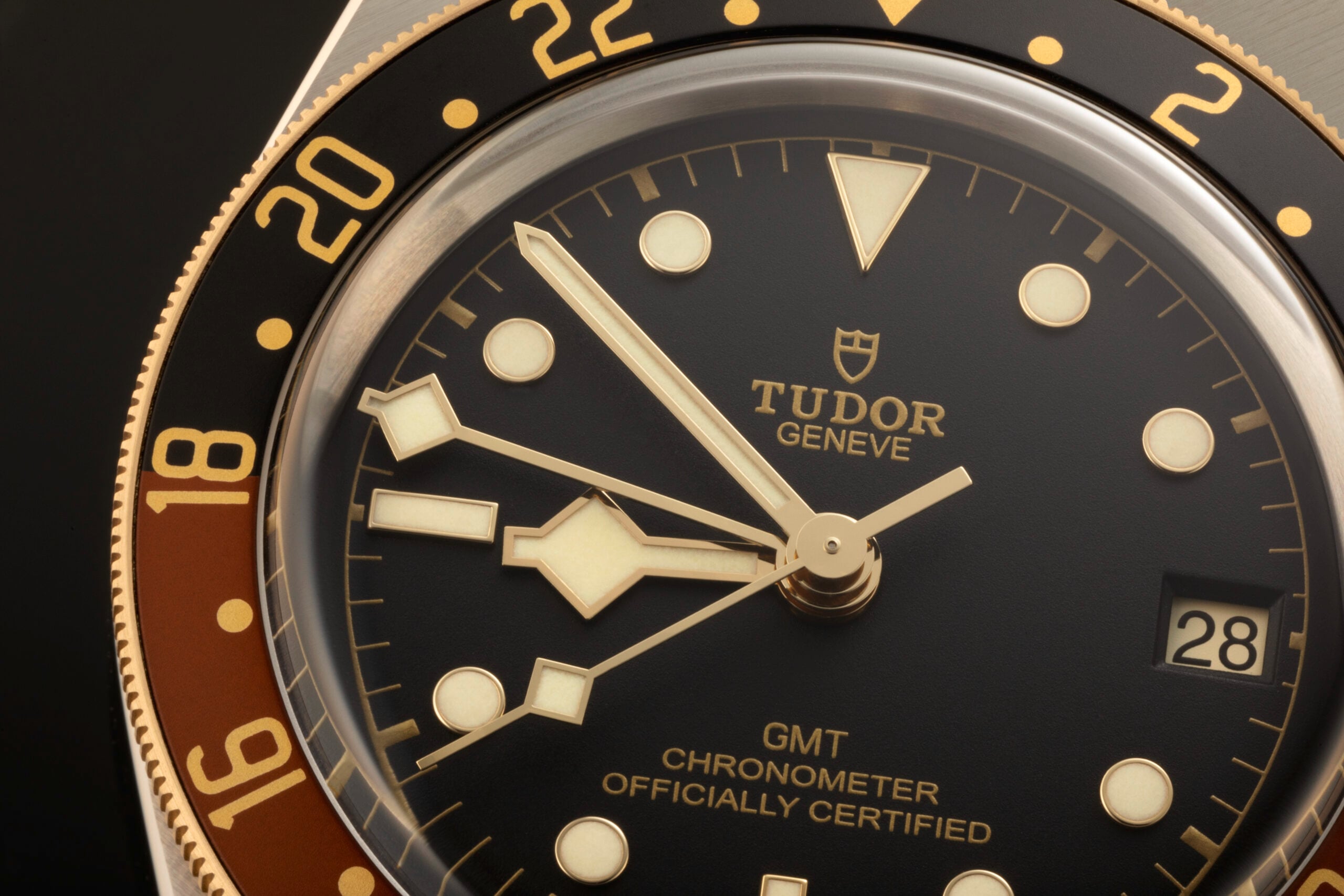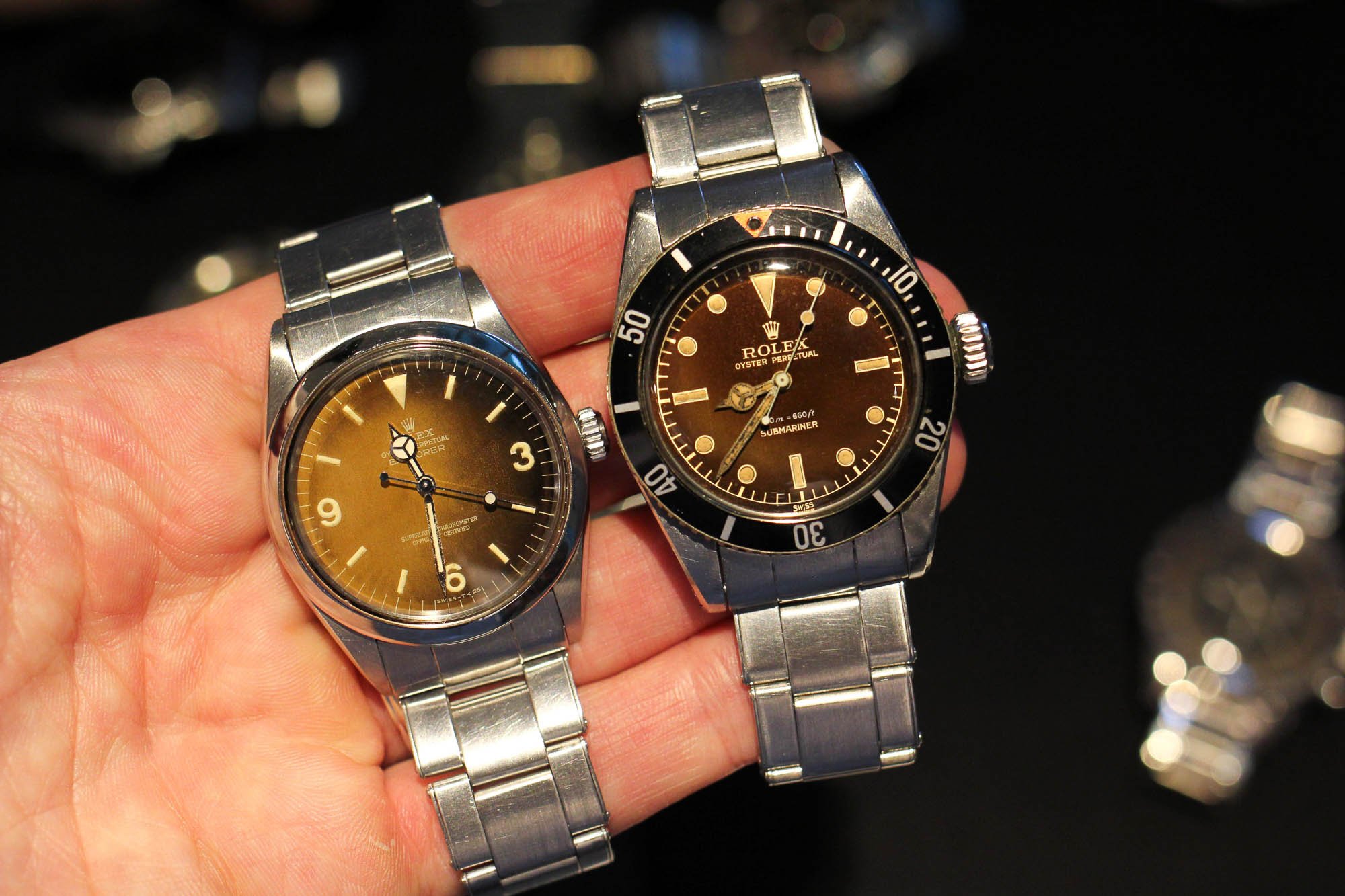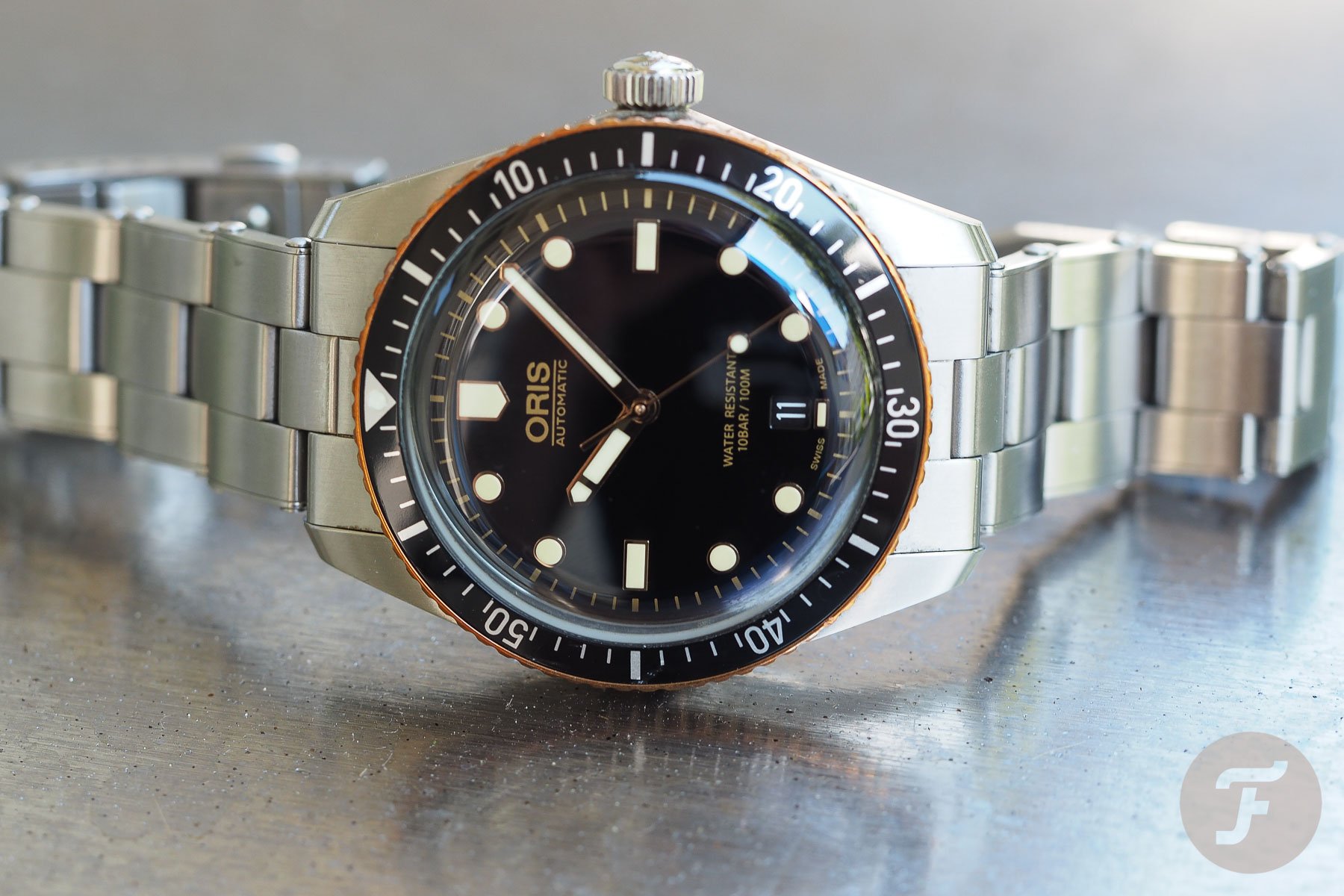The Lost Art Of The Gilt Dial — With Examples From Rolex, Tudor, And Oris
Did you know that there is not a single watch manufacturer that still does a true gilt dial? It is a lost art if ever there was one. As a watch lover with roots in the vintage world, I have a weak spot for the old gilt dial. I love the depth and metallic shimmer you get as well as the tropical aging effects. Today, manufacturers print in gold tone. That is a very different process with a very different result. Let’s explore the subject and have a look at some examples of both methods.
“Gilt” usually refers to objects covered with a thin layer of gold — gold-plated stuff, in other words. This is not what an actual gilt dial is, though. To make it even more confusing, a gilt dial can even have silver-colored features. Time to have a closer look!
What is an actual gilt dial?
Gilt dials were primarily produced in the early 1960s. The process is quite involved, and the visual impact is subtle. This is why modern manufacturers do not bother anymore. But like the subtle hints of flavor in fine wine, it can be rewarding to develop an eye for this subtlety.
The key characteristic is the way the color is applied. You are not looking at dial features printed on a black dial. Rather, you are looking at black negative space printed (or rather, plated) around the dial features. The features themselves — the numerals, logo, text, and minute track — are exposed metal.
Most commonly, that metal is brass. This is why the features on a gilt dial often appear gold. But the gilt process can also be done with silver or nickel. As you may expect, that leads to silver-colored dial features. So yes, you can have a gilt dial that features no gold tones whatsoever.
First, pad printing 101
As you may know, most dial printing is done using pad printers. This printing technique allows for printing on uneven or non-flat surfaces. The dial features are etched into a flat surface, known as a cliché. Ink is deposited on the cliché and wiped off with a scraper, leaving only the recessed etch filled with ink.
- Pad printers for dials
Next, a soft silicone pad is pressed onto the cliché, picking up the ink. The cliché is then removed from under the pad, and the blank watch dial takes its place. The pad presses down on the dial, stamping the ink onto it. Since the pad is flexible, it does not matter if the dial is domed, textured, or stepped.
The result is a near-perfect reproduction of the flat etch on the dial.
How a gilt dial is made
You may expect that a gilt dial is made by simply etching a cliché of the negative space, then printing that in black. It is a little more complicated, though. In fact, the dial features are printed positively, precisely as they normally would. The only difference is that this is done in clear lacquer. The resulting dial still looks like a blank. It is kind of like that invisible ink you used to write secret messages as a kid.
A second step is needed. The freshly clear-printed dial is electro-plated in black. Since the clear lacquer is non-conductive, only the exposed metal gets coated. The result is a black dial with metal-colored features. Since the features are coated in clear lacquer, they are protected against oxidation.
When they left the factory, these dials would be glossy. Aging effects have sometimes rendered them matte over time.
How modern gilt-tone dials are made
Modern dials that feature gold-colored printing are (or should be) referred to as “gilt-tone” dials, rather than gilt dials. They are made through the exact same process as any other watch dial.
A colored (usually black) base dial is pad-printed with gold-colored paint. Metallic paint is commonly used to really create the illusion of gold. Of course, you can do this in silver as well. From a historical perspective, it would make sense to call that “gilt-tone” as well. In today’s watch lingo, however, a gilt-tone dial is usually black with gold-colored features.
Especially if you use a (slightly) glossy black base, you can come quite close to the original gilt aesthetic. But I am not sure whether that is actually the aim at all. I assume the gilt-tone dial is used to add some warmth and vintage charm to a watch.
The visual difference between a gilt-tone and a gilt dial
You can recognize a gilt dial through the metallic sheen of the dial features. It is not metallic in the same way that metallic paint is. Rather, it actually shines like metal. That makes sense, right? After all, you are just looking at metal through a thin coat of clear lacquer. This is why it often matches gold(-plated) hands and applied indices so well.
Depending on the thickness of the paint, the dial features can appear lower than the surrounding black. It looks like they are printed under the black, rather than on it. I have seen examples where this effect is quite pronounced and visible to the naked eye. On others, the features and the negative space can be perfectly even. If you see that the features are clearly on top of the negative space, you are certainly dealing with gilt-tone rather than gilt.
Gilt dials have a tendency to turn brown over time. Such dials are referred to as “tropical” dials. They are highly sought-after by collectors. And rightfully so, since the combination of a black-to-caramel-brown fade and gold is pretty sweet. I would have a Rolex Explorer ref. 1016 like that over any other watch.
The disappearance of the gilt dial
Halfway through the 1960s, we started to see fewer and fewer gilt dials. Matte dials with white printing were easier to produce, and they became the standard. For decades, gilt dials and gilt-tone dials were few and far between.
Until the vintage-inspired trend emerged, that is. The warm vibes of old gilt dials are now echoed through gold-colored paint. Although nothing tops a true gilt dial for me, there are some very good gilt-tone dials out there too. The Tudor Heritage Black Bay and Oris Divers Sixty-Five are two prime examples. I have owned a green Oris Divers Sixty-Five, and its glossy dial actually resembled an old gilt dial quite well — except for the green, obviously.
The question is: who will bring back the true gilt dial, and when? I know I can’t wait. How about you? Which watch would you like to see produced with a true gilt dial? Let me know in the comments.
You can also find and follow me on Instagram: @time_travelers_journal

